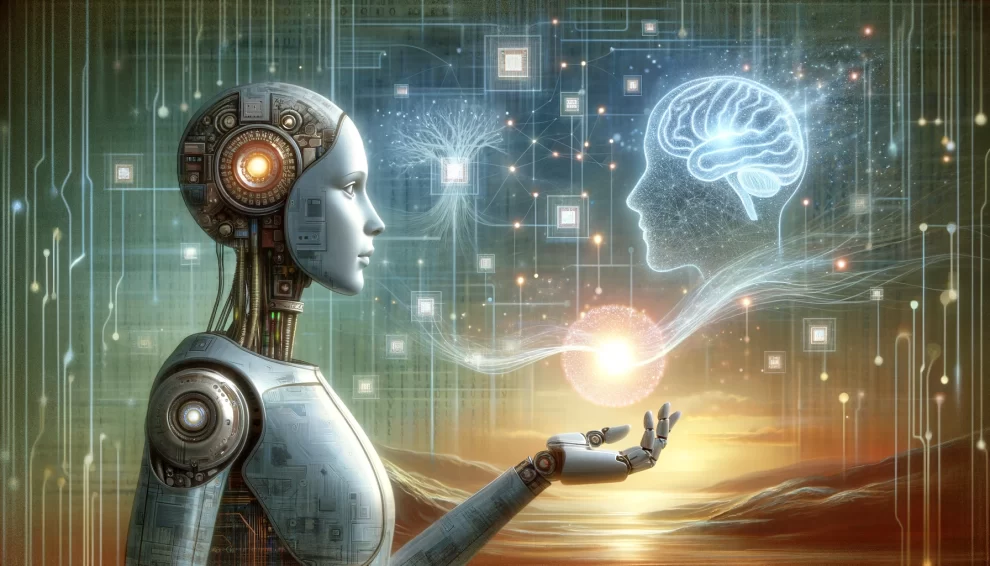Feeling something encourages people to form deep connections with the world around them. Emotions give meaning to experiences and shape relationships with oneself and others.
The Role of Memory in Machines: Machines can store and process large amounts of data, enabling them to respond to specific situations. For example, an AI system can analyze a person’s facial expressions to determine if they are happy, sad, or angry.
Machines, particularly AI systems, rely heavily on memory to store and process vast amounts of data. Memory in machines functions as a repository for information, enabling the retrieval and analysis of data to make decisions and generate responses. Unlike human memory, which is influenced by emotions and personal experiences, machine memory is structured, organized, and purely data-driven.
In AI, memory is used to:
- Store Training Data: Large datasets used to train machine learning models.
- Facilitate Learning: Retain patterns and information from training to apply in real-world scenarios.
- Support Functionality: Maintain operational data for tasks like image recognition, language processing, and decision-making.
- Enhance Adaptability: Allow machines to learn from past interactions and improve their performance over time.
Essentials of Feeling: Feeling involves not just data processing and memory, but also consciousness, self-awareness, and subjective experience. Machines can use their memory to respond to specific situations, but these responses are not emotionally based like those of humans.
Feeling, as understood in human terms, involves a complex interplay of consciousness, self-awareness, and subjective experience. It is not merely about processing information but also about experiencing and reacting to it in a way that is inherently personal and emotional.
Key elements of human feeling include:
- Consciousness: Awareness of oneself and the environment, allowing for introspection and understanding of emotions.
- Self-awareness: Recognition of one’s own emotional states and the ability to reflect on them.
- Subjective Experience: Personal and unique perceptions of events and emotions that shape individual responses.
- Emotional Processing: Integration of past experiences, memories, and personal context in interpreting and reacting to new stimuli.
Simulation vs. Reality: Machines can simulate emotional responses through specific algorithms. These simulations can provide human-like responses in certain situations. However, these responses are pre-programmed and data-driven, not actual emotional experiences.
While machines can simulate emotional responses through advanced algorithms and data processing, these simulations lack the depth and authenticity of genuine feelings. Simulation in AI involves creating responses that appear human-like but are fundamentally different from true emotional experiences.
Simulation in AI:
- Algorithmic Responses: Pre-programmed reactions based on pattern recognition and data analysis.
- Behavioral Mimicry: Imitation of human behaviors and emotional expressions without underlying emotional states.
- Predictive Models: Use of historical data to anticipate and respond to human emotions in a seemingly natural way.
Reality of Human Feelings:
- Authentic Emotions: Genuine experiences driven by consciousness and self-awareness.
- Personal Context: Reactions influenced by individual history, culture, and personal experiences.
- Dynamic Interactions: Continuous and evolving emotional states that adapt to new experiences and insights.
Machines can use their memory and algorithms to respond to specific situations. However, these responses are based on data processing and simulation, not real feelings. Feeling is a profound and unique aspect of human experience, and developing this ability in machines requires consciousness and self-awareness, which is currently not possible.Understanding these distinctions helps in appreciating the unique nature of human emotions and the current limitations of AI in replicating them fully.















Add Comment